Which Electric SUV Should You Buy in 2021?
There was a time not that long ago where the electric future seemed like just that, a future far away. While electric vehicles have been infiltrating roads around the world throughout the 2010’s, 2021 really feels as if a corner has officially been turned (no pun intended). We’re barely through Q1 of the year and car manufacturers are one upping each other at what seems like a weekly basis with strikingly impressive vehicle debuts. Some of them are even out on the road right now which only a few years ago seemed like an improbable situation. If you’re looking for an EV that is SUV sized, 2021 is shaping out to be a big year (once again no pun intended). I’m in the market for a bigger car for a growing family and if you are too, here are some options I’m considering!
Tesla Model Y
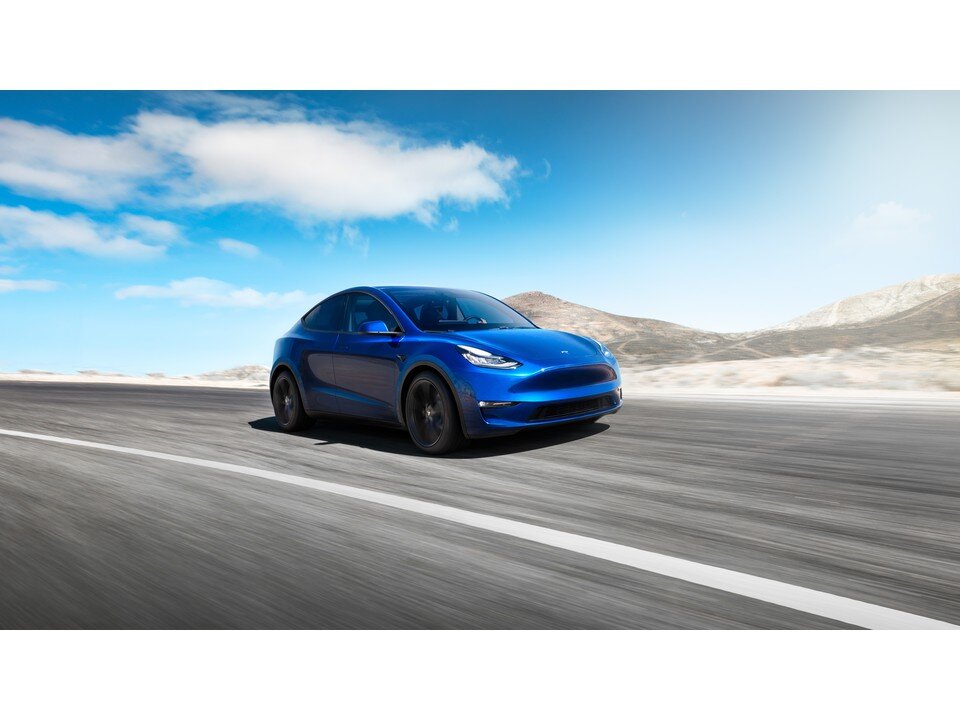
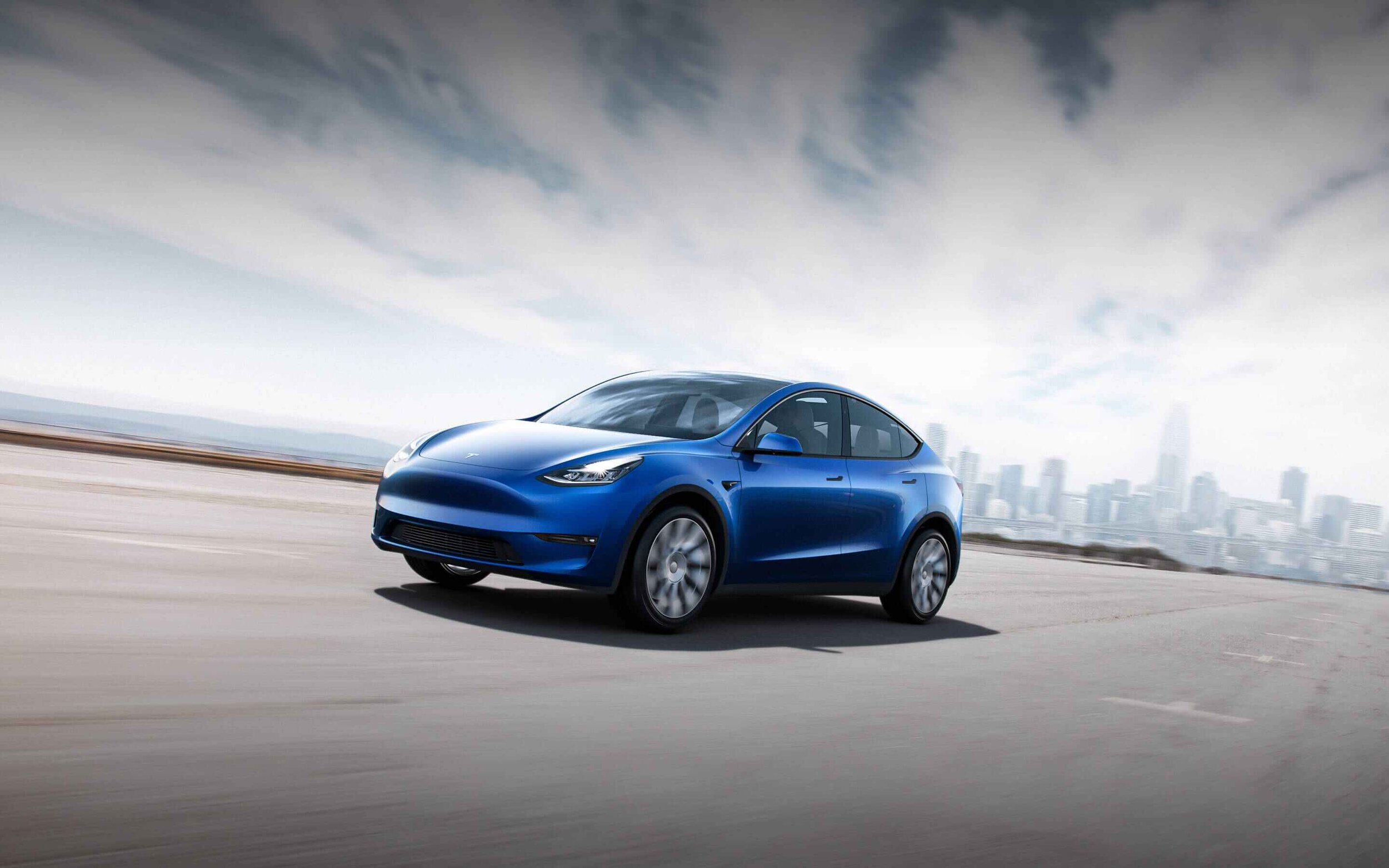
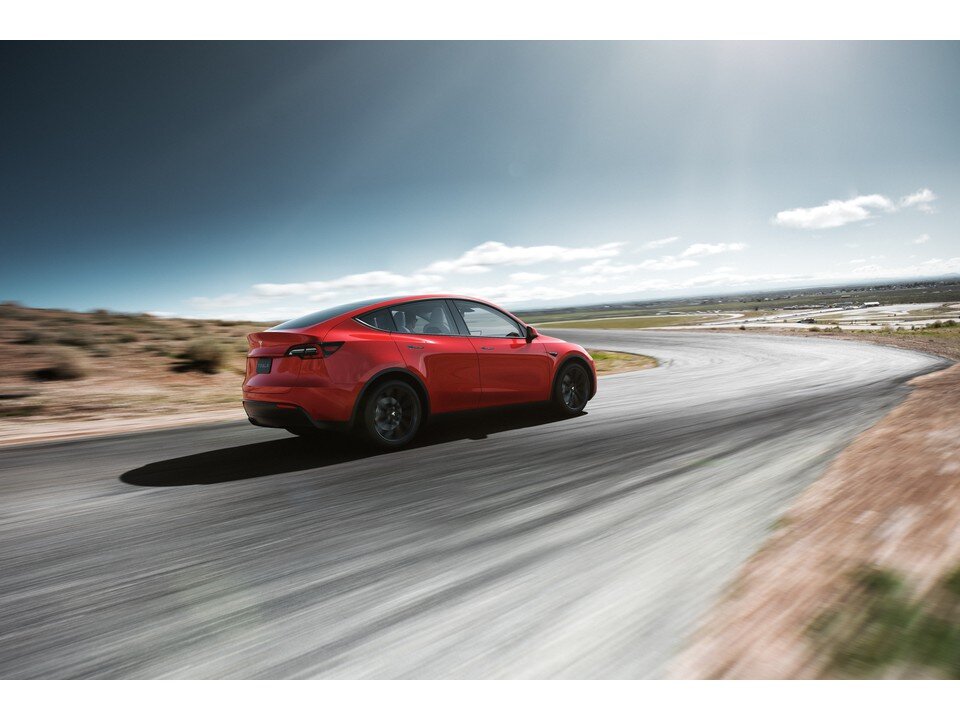
Photo Credit: Tesla
Vehicle Specs +
- EPA estimate: 244 to 326 miles on a full charge
- 131 city/117 highway MPGe
- 384 Horsepower
- 4 Year/50k mile limited warranty
- Supercharger capability
- 187"L x 76"W x 64"H
MSRP: $49,990
Let’s just get the obvious choice out of the way in the form of the Tesla Model Y. Not much needs to be stated about Tesla as when it comes to electric cars, Tesla is the brand to beat (if only due to seniority). While other brands are rushing to electrify their platforms, Tesla shipped nearly 500,000 EVs in 2020 with many of them being their newest addition to the lineup, the Model Y.
As essentially a raised Model 3, everything I personally liked and disliked about my car is probably applicable here. With the addition of an automatic liftgate and refined interior design which includes Qi chargers, USB-C ports and a better center console, the Model Y does seem like the option to beat in the EV SUV space. That is except that as of publishing this article, Tesla does not currently have any federal tax incentives to alleviate some of the purchase costs. With the removal of the Standard Range model from production, the most affordable model is the Dual Motor All-Wheel Drive Long Range which sells for $49,990.
The Model 3 and Model Y are in this interesting middle ground where while they are priced to compete against cars from BMW and Mercedes, their actual build and cabin quality do leave a lot to desire. The Model Y for me in California, does get about $2,000 of incentives from the state and electric companies, which drops the price to the mid $40,000’s. For that price, I do feel slightly underwhelmed with that purchase. Keep in mind this is purely from an aesthetic and build quality point of view as I do appreciate and understand that technology and simplicity is the Tesla way. I have gone through the thought process of whether I could drive another car that has more traditional buttons and knobs that I find ironically distracting now that I’ve had years on the road with my Model 3.
Another ironic thing to say is that of all the other cars on this list, the Model Y is most likely the easiest one to purchase. Whether you like their system of purchasing cars or not, everything is done online. Their biggest issues were meeting production schedules and Tesla seems to have finally gotten that sorted out. Model Y’s are being shipped out and delivered to driveways on a daily basis now. Regardless of what shiny new cars other brands introduce, Tesla always finds a way to sneak into your final purchase decision list.
Ford Mustang Mach-E




Photo Credit: Ford
Vehicle Specs +
- EPA estimate: 210 to 300 miles on a full charge
- 108 city/94 highway MPGe
- 480 Horsepower
- 3 Year/36k mile limited warranty
- 185.6"L x 74.1"W x 64"H
MSRP: $42,895 (Federal Incentives Still Available)
The new cool kid on the block is one that actually deserves the title. With a unique mix of aerodynamic curves and futuristic sharp lines, the Mach-E is sure to catch eyes anytime you hit the road. This is one aspect in my opinion that Tesla dropped the ball with the Model Y. The Model 3 platform looks sporty, but when inflated into an SUV size like the Model Y, the car looks like a marshmallow from certain perspectives. I think Ford did a terrific job making the Mach-E into a car that has a mixture of the sporty performance look (based on the name) and an everyday consumer SUV you see thousands of on the highway.
At its lowest EPA range, the Mach-E provides 230 miles off a full charge which is significantly less than the cheapest Model Y right now. However, if you factor in the fact that Ford still qualifies for the full $7,500 federal tax credit along with other incentives, this $40k+ EV SUV can actually hit you with only a low $30k bite in your bank account. In the big picture, that’s a value per dollar decision that might be worth the trade-off for things you don’t get on this car.
I’ve been going back and forth with my interest in the Mach-E and while it’s still a contender, the stiff competition doesn’t make this a runaway option for me even though it’s probably the closest to Tesla of any options on my list. I love the simplistic dash and 15.5 inch touchscreen. There does seem to be a tech-based design language instead of that traditional car layout which of course is a preference choice.
Hyundai Ioniq 5
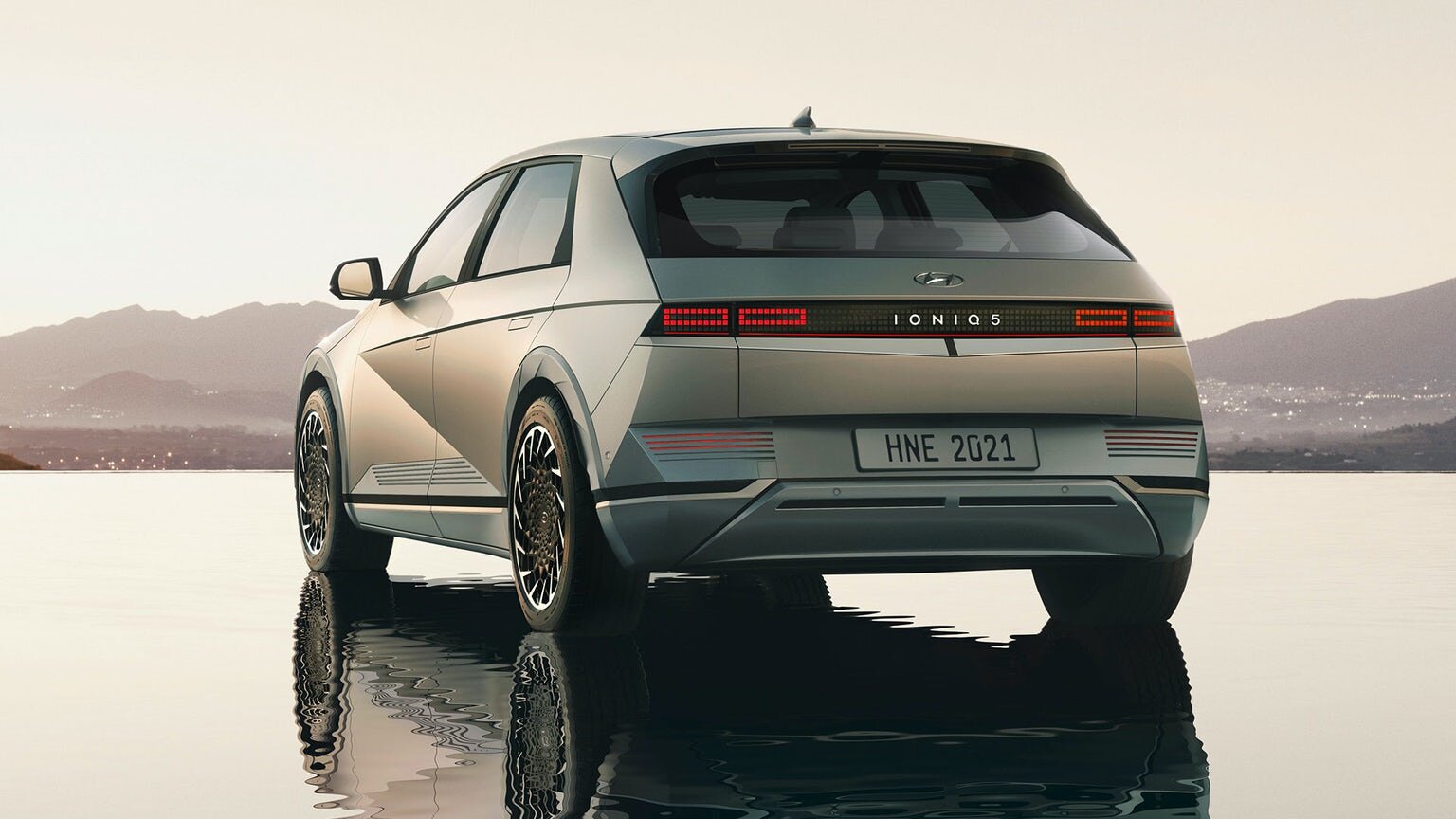


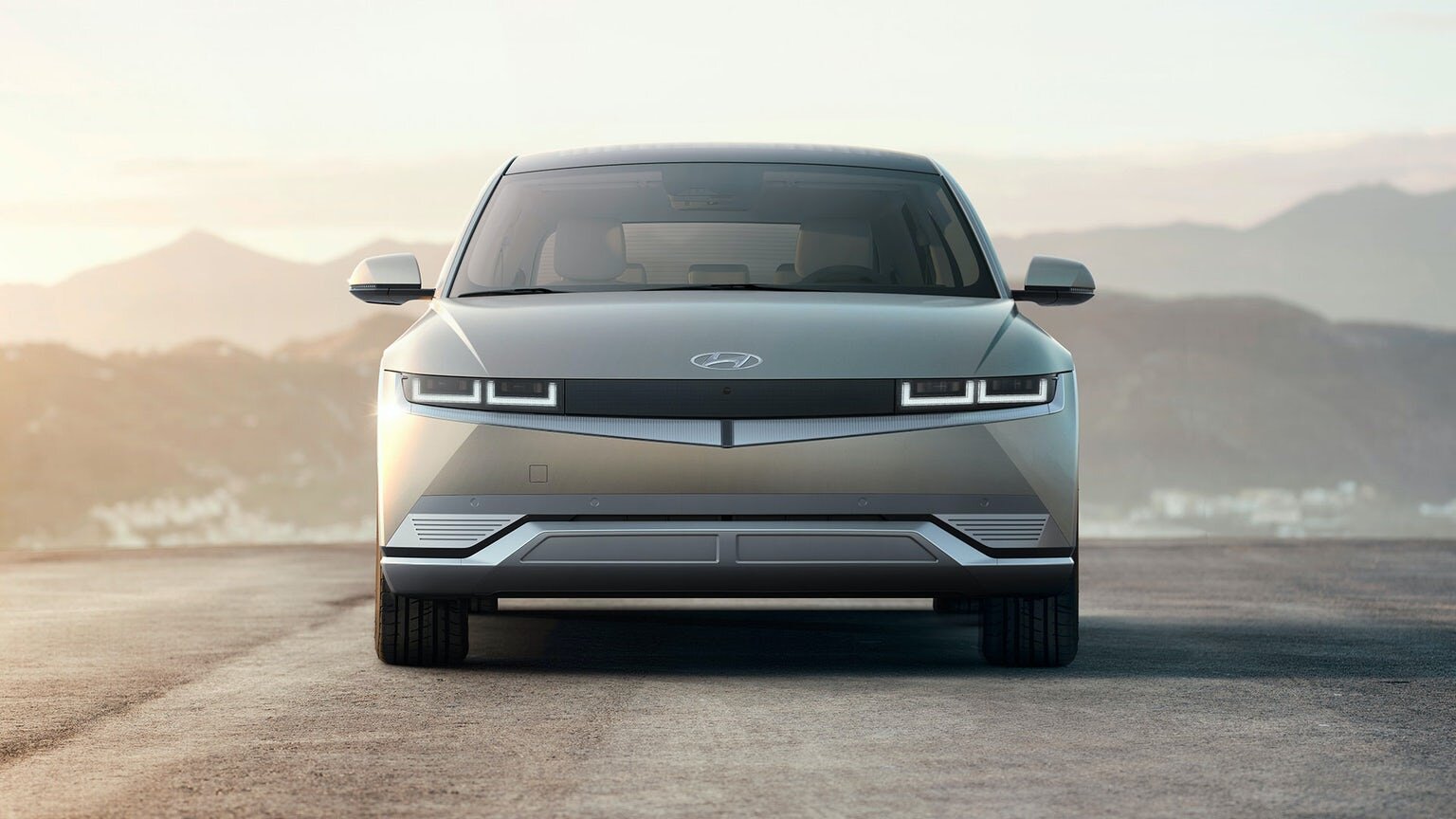
Photo Credit: Hyundai
MSRP: ?
I’ve been keeping a keen eye on Hyundai’s next EV since Hyundai showed off the 45 concept car. Much to my excitement, the IONIQ 5 was revealed to retain much of what made the 45 so appealing to me. The infusion of retro body shape with futuristic design like the headlights and tail lights instantly catapults the IONIQ 5 to the top of my short list. While we don’t have pricing or EPA estimates yet, I can’t envision Hyundai outpricing or outranging the Mach-E and the Model Y. If it settles in somewhere between those competitors with the full state and federal tax credit in play, Hyundai really has a good shot at gaining my money for the first time in my life. I’ve never owned a Hyundai, Kia or Genesis, but I’ve been very interested for a few generations of cars now.
If I do finally pull the purchase trigger with Hyundai, it’ll be due to a combination of the airplane cabin seating they call “Relaxion” (seriously), the matte silver exterior paint and the overall final price point. Yes there are interesting features like using the car as a power bank to power other devices or even other cars, but the true nature of why the IONIQ 5 is attractive simply comes down to experience. Other than Tesla and Chevy, the IONIQ badged cars are the most commonly seen EVs on the streets here in Los Angeles (at least by my count). What I’m getting at is Hyundai can mass produce an EV because they’ve done a couple now. Yes the Kona EV seemed to be quite difficult to purchase when it first launched, but the IONIQ line never seemed to have that problem. I strangely have confidence that the IONIQ 5 will hit the streets in an effective rollout when it comes out later this year.
Chevy Bolt EUV




Photo Credit: Chevrolet
Vehicle Specs +
- EPA estimate: 250 miles on a full charge
- 122 city/104 highway MPGe
- 200 Horsepower
- 8 Year/100k mile limited warranty
- 169.5"L x 69.7"W x 63.6"H
MSRP: $33,995
Aside from Tesla, when you think of an electric car being sold in the United States, the Chevy Bolt would probably pop up into your head instantly. Introduced in 2016 to an originally lukewarm market, the hatchback Bolt quickly became an everyday commuter champion thanks to it’s friendly lease deals and second hand market price tags. It escalated to a point where I made an argument that the Chevy Bolt was the best valued car on the market earlier this year. It’s only natural that Chevy capitalizes on the compact SUV space by slightly increasing the Bolt platform with the new 2022 EUV. This is essentially the same Bolt (even with the 250 mile EPA range) we’ve come to respect albeit with a slightly bigger body to qualify it into the crossover category.
Along with the new body form alteration, Chevy has pushed their Super Cruise technology package into the EUV which essentially allows autonomous self-driving similar to that of the Tesla Model Y. While their systems are significantly different as Super Cruise relies on LiDAR while Elon Musk and Tesla are adamant against LiDAR, the initial reaction to Super Cruise has seemed highly positive. Any EV I’m considering must have some variation of adaptive cruise control with auto-steer and distance correction. It’s one of those things that once you’ve lived with it, there is no possible way you can feel safe again not having it. My commutes through the 24/7 hour traffic freeways of California have been altered so drastically thanks to Autopilot on the Model 3 that I’m darn near attached to Tesla simply for the simplicity of how their Autopilot system operates. The Bolt EUV seems to have a manageable amount of physical input operations on the steering wheel where I might be able to adapt quicker than on other cars.
With the Bolt EUV, the quality of the cabin materials may feel underwhelming to some potential customers. At least on previous Bolts, a mixture of hard and soft plastic rule the passenger space. Unlike the Ford Mach-E or even the ID.4, no one will mistake this as a luxury vehicle. There is something charming about that as you just aren’t afraid to drive the Bolt. This could very well be a hit for Chevy and a go to for family movers.
Volkswagen ID.4




Photo Credit: Volkswagen
Vehicle Specs +
- EPA estimate: 250 miles on a full charge
- 104 city/89 highway MPGe
- 201 Horsepower
- 8 Year/100k mile limited warranty
- 180.5"L x 72.9"W x 64.4"H
MSRP: $39,995
It’s amazing how quickly perception and hype change simply due to timing. Not long ago the Volkswagen ID.4 was all the buzz (no pun intended again!) in the EV world. This seemed like THE choice for basically anyone looking for a first EV. It has the appearance of a regular SUV on the outside, but has that futuristic EV feel on the inside. It drives 250 miles on a charge and it’s made by a company that knows how to make mass consumer cars. While I’d certainly say the attention of the world is off the ID.4 now, I wouldn’t count it out of the match just yet. If you factor in the full $7,500 federal tax incentive with state and utility incentives, this car may actually be cheaper than the Chevy Bolt EUV to many customers. You’re looking at roughly $30,000 for this EV SUV.
At that price, you’re invading the territories of the Prius Prime ($30,000) or RAV4 Hybrid ($28,000). I would absolutely buy the ID.4 over those two cars without hesitation and that isn’t a knock on either of those vehicles. This EV is another case of a high value per dollar ratio complex that may be difficult for consumers to bypass.
Volvo C40 Recharge





Photo Credit: Volvo
MSRP: ?
We don’t really know much detail about the C40 as Volvo has merely teased and barely introduced the car to the public. The Swedish company has been struggling to deliver their first fully electric car, the XC40 Recharge to USA customers, proving that the move to electric isn’t as simple as designing and manufacturing a new car model. What we do know is that the C40 is a sleeker, smaller and more aerodynamic “coupe-ish” brother to the XC40 Recharge. Whereas the XC40 Recharge is merely a repacked EV in its ICE version’s body, the C40 actually takes into account efficient design revolving around the dual motors and 78 kWh battery. As with other Volvo and Polestar EVs, Google’s Android platform powers the infotainment system. You can at least know that when it comes to maps and navigation, there probably isn’t a car that does it as well as a Volvo right now.
We don’t know the price and range yet, but it’s safe to assume this smaller SUV should be priced under the $54,985 price tag of it’s bigger sibling. If you factor in the full federal and state incentives, I’m guessing the C40 Recharge has a chance to be cheaper than the Tesla Model Y. If we’re lucky, this car could provide 250-ish miles of range for $40,000-ish while maintaining the luxurious feel and build quality Volvo has re-invented itself to be known for. I’ve been a big fan of Volvo, especially with the XC line of SUV’s and while the XC40 Recharge is out of my price range, I’m optimistically hoping the C40 Recharge can be in my final selection process.
Nissan Ariya







Photo Credit: Nissan
MSPR: ?
Another car we don’t really know much about other than the beautiful renderings presented to us by the Japanese company’s PR team is the Nissan Ariya. While we don’t have pricing or range numbers, Nissan did say they were aiming for 300 miles of range, which would be a considerable jump from their current offerings with the Nissan Leaf. The Leaf for a long time was the people’s champion in the EV market. This was a car that was for a time the fully electric equivalent to what the Toyota Prius was to the hybrid market. The Leaf’s have lost a little bit of muster in recent years with an abundance of new affordable options, but Nissan is looking to take aim at a higher ceiling this time around.
From renders of the interior, the Ariya gives off a very luxurious cabin space that reminds me of the Aria Resort and Casino in Las Vegas. The center console appears to be brushed metal in appearance with a bronze accent all around the dash. There are a lot of similarities with the interior cabin design of the other EVs on this list, but that isn’t a bad thing at all. I’m estimating the Ariya will be in the ballpark of $40,000+ and the realistic cost of this car will be in the mid-$30,000s. It’s pretty low on my list of options as I do like the look of the Ariya, but not as much as some of the other cars and their price points.
Fisker Ocean



Photo Credit: Fisker
MSRP: $37,499
I really want to say that I believe in the Fisker Ocean and that it will be a sleeper success story considering I own some Fisker stock. The truth is, Fisker has had a turbulent history with disappointment and enthusiasm vaulting back and forth for years now. With supposedly at least 250 miles of range and a very consumer friendly lease option, this crossover is packed with technological breakthrough promises that can be enough to excite even the most seasoned EV news follower. A 0-60 in 2.9 seconds would elevate this car into elite status in the consumer car market. We still don’t know much about the Ocean and the release date is creeping closer with every month that goes by. This is definitely a car that is vaporware until we actually see it in the streets of Orange County (which is where the old Karma plant was).










Alex
Caught in between the conundrum of his fascination with retro and the future, Alex has a very unique taste in technology. Never one to follow trends like his millennial peers yet constantly desiring to get ahead of the curve, he sees technology like he does his other love: comic books. Always looking for the best value or a hidden gem, his collector mindset reflects on some of his favorite gadgets: the Moto X (2015), HTC U11 and the Google Pixelbook. If there’s a good tech deal out there, Alex is on the hunt!